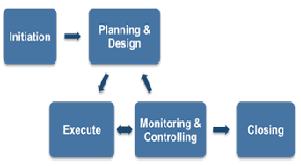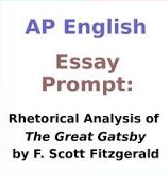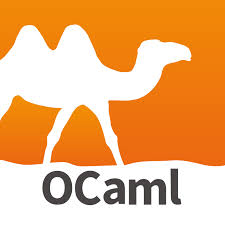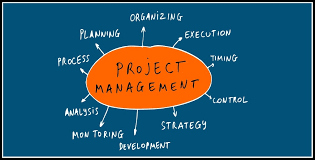Advocacy Group Project Individual Submission OUR group topic has decided to “FOOD DRIVE”, Your individual submission should be 3-4 pages double spaced, 12-point font and include a cover page and references using APA format (which do not count towards the page limit).

Include a minimum of two credible sources beyond those listed on the course Brightspace. A well-developed paper will have an introduction, body with subheadings, and conclusion.
Advocacy Group Project Individual
A clearly identified problem to be addressed (e.g., excessive use of single-use plastics). This should set out the nature of the problem (i.e., why it is a problem, and a general course of action to address, help raise awareness or mitigate the problem with the community).
A clearly defined goal/solution to the problem, based on a defined context/limit for action (e.g., reduce the use of single-use plastics on the Sexton campus by 10% within a certain time frame).
A strategy for intervention, including a timeline that indicates both what you proposed to do, and why you expect it to address the identified problem.
A description of, and critical reflection on, your effort to implement the proposed strategy. The reflection should consider WHAT you were trying to do, WHY your efforts succeeded or failed, and HOW you would either a) do it differently “next time” (if you did not meet your goal), or b) expand on your effort (if you were successful).
Finally, please briefly report (1-2 paragraphs) on the experience of working in a team, and how that experience relates to course content. (I can post all the chatting details that our group discussion into a file for this part)
Management 1302 Assignment #2
Advocacy Project
Engagement with the Community
The purpose of this exercise is to provide participants with a personal context for engaging
with your community. The goal of this assignment is to learn from the experience; while success is desirable, you will be evaluated based on the evidence of learning you provide.
Advocacy Group Project Individual The Task
This assignment will be launched in class on January 30th. In your assigned groups, you will select, design, and execute an advocacy project in your community. The goal is to identify a desirable change in your context or community and develop and implement an intervention that seeks to effect that change. We are asking you to get engaged in an activity that will make a difference to those around you. Simply giving money is not an option. You must engage in a way that is hands-on and contributes something of value.
While success is desirable, the key points for evaluation of the project are based on the critical/reflective components of the exercise. (Note that a bad plan that produces poor results does not provide much fodder for critical reflection.)
Your individual submission should be 3-4 pages double spaced, 12-point font and include a cover page and references using APA format (which do not count towards the page limit). Include a minimum of two credible sources beyond those listed on the course Brightspace. A well-developed paper will have an introduction, body with subheadings, and conclusion.
Key Elements to be Included Are:
A clearly identified problem to be addressed (e.g., excessive use of single-use plastics).
This should set out the nature of the problem (i.e., why it is a problem, and a general the course of action to address, help raise awareness or mitigate the problem with the community).
A clearly defined goal/solution to the problem, based on a defined context/limit for action (e.g., reduce the use of single-use plastics on the Sexton campus by 10% within a certain time frame).
A strategy for intervention, including a timeline, that indicates both what you proposed to do, and why you expect it to address the identified problem.
A description of, and critical reflection on, your effort to implement the proposed strategy. The reflection should consider WHAT you were trying to do, WHY your efforts succeeded or failed, and HOW you would either a) do it differently “next time” (if you did not meet your goal), or b) expand on your effort (if you were successful).
Finally, please briefly report (1-2 paragraphs) on the experience of working in a team, and how that experience relates to course content.
Submission Note – individual reports are to be submitted by each group member. It is expected that the learning will be specific to the individual and hence photocopies of the same report signed by all group members is unacceptable.
Assessment Criteria: Assessment is based on the strength of what the student has learned, not how much success he/she has experienced. There is as much to be learned from a failure, as there is a success (i.e., Lessons Learned). For example, it is more important to know the questions a small business must respond to, rather than knowing the answers.
We can write this or a similar paper for you! Simply fill the order form!












